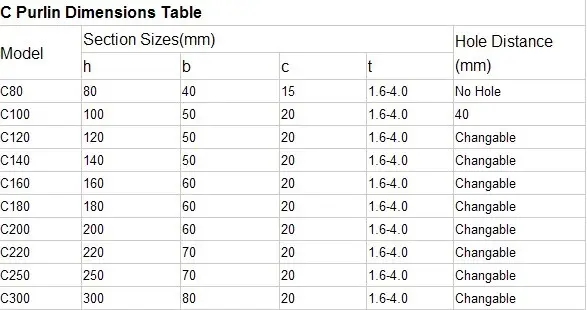
The Evolution and Importance of Metal Rolling Door Cold Forming Machines
Metal rolling doors have become a staple in modern architecture, providing security, efficiency, and aesthetic appeal to various establishments, from warehouses to shopping centers. The manufacturing process of these doors relies heavily on advanced machinery, particularly metal rolling door cold forming machines. These machines are pivotal in producing high-quality metal doors that meet the diverse needs of the market.
Understanding Cold Forming Technology
Cold forming refers to the process of shaping metal at room temperature through deformation. Unlike traditional hot forming methods, which require heating materials to make them malleable, cold forming retains the physical properties of the metal while allowing it to be shaped into precise, intricate designs. This technique offers numerous advantages, including improved dimensional accuracy, enhanced surface finish, and increased structural strength of the final product.
Metal rolling door cold forming machines are designed to take flat sheets of metal and transform them into the desired shapes needed for rolling doors. The machines usually consist of a series of rollers and dies that gradually shape the metal through a series of passes. This process results in a continuous profile of the door, which is then cut to the required lengths and further processed for assembly.
Key Features of Cold Forming Machines
1. High Precision and Automation Modern cold forming machines are equipped with computer numerical control (CNC) technology, allowing for high levels of precision and repeatability. Operators can input specifications directly into the machine, enabling automated production that minimizes human error and increases efficiency.
2. Versatility These machines can handle various types of metals, including steel, aluminum, and galvanized materials. This versatility allows manufacturers to produce different styles and configurations of rolling doors, tailored to specific customer needs.
3. Efficiency and Cost-Effectiveness The cold forming process is generally faster than hot forming methods, reducing cycle times and increasing output. Additionally, the minimized waste during the forming process contributes to overall material savings, lowering production costs.

4. Enhanced Strength and Durability The cold forming process aligns the grain structure of the metal, leading to improved tensile strength and fatigue resistance. As a result, products manufactured using cold forming typically exhibit enhanced durability, making them suitable for heavy-duty applications.
The Manufacturing Process
The production of metal rolling doors using cold forming machines begins with selecting the appropriate metal sheet. Once the material is prepared, it is fed into the machine where it is guided through several rollers that shape the metal. Each roller implements a specific contour that gradually transforms the flat sheet into a curved or angled profile. This shaping can include notches or grooves that enhance the door's functionality and aesthetic appeal.
After the desired profile has been achieved, the cut pieces are further processed—this may include punching holes for hinges, applying finishes for corrosion resistance, or adding insulation for energy efficiency. The final assembly occurs when these components are put together, ready to be installed at the intended location.
Applications in Various Industries
Metal rolling doors serve various industries, including retail, industrial, and residential markets. Their robust design makes them ideal for high-traffic areas, providing both security and ease of access. The versatility of cold forming machines allows manufacturers to offer customized solutions, catering to specific design and functional requirements—be it a large loading dock door or a compact storefront entrance.
Furthermore, the rise of industrial automation and e-commerce has amplified the demand for efficient shipping and storage solutions, propelling the growth of metal rolling door cold forming machinery. As businesses strive to streamline their operations, the importance of reliable and durable rolling doors cannot be overstated.
Conclusion
In conclusion, metal rolling door cold forming machines play an essential role in the manufacturing of modern rolling doors, providing superior craftsmanship, efficiency, and adaptability to various market needs. As technology advances and the demand for high-quality products increases, the significance of cold forming technology in the metalworking industry is likely to expand further. Investing in these machines not only enhances production capabilities but also positions manufacturers to meet the challenges of a rapidly evolving marketplace.